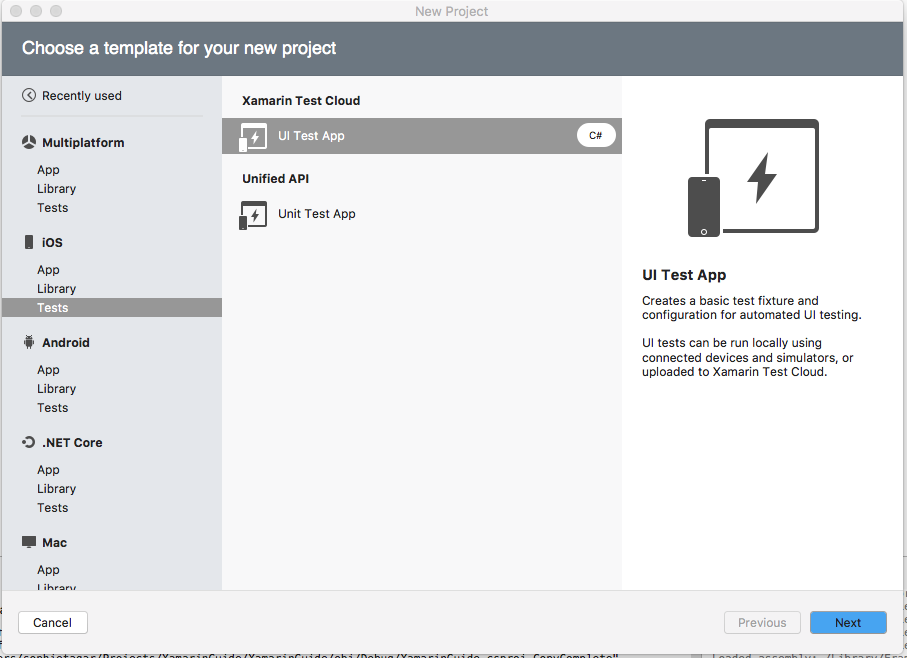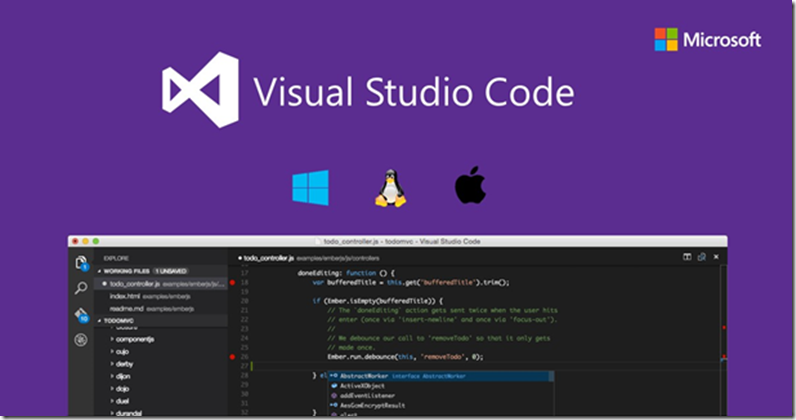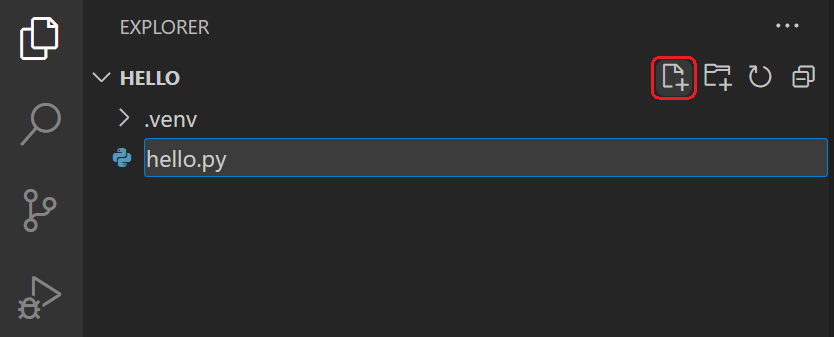Visual Studio Code Homebrew
Visual Studio Code (VSCode) is a cross-platform text and source code editor from Microsoft. It’s one of the most exciting open source projects today, with regular updates from hundreds of contributors. VSCode was among the first tools to support Language Server Protocol (LSP), which has played a large part in providing a great developer experience, in a variety of languages and technologies. Idm for mac.

- State of the Code Editors. The RStudio IDE is in our opinion the best IDE for R out there; however, live collaboration using RStudio’s Project Sharing feature is limited to those with a paid RStudio Server Pro license as of this writing. There are many source code editors out there, and notably Atom and Visual Studio (VS) Code both provide extensions for free, collaborative real-time editing.
- Visual Studio Code.Meet Pico The beauty of VS Code is its massive extension marketplace. A fine example of this is the Pico-Go extension that we will install and use to connect to our Pico from VS Code. If you've never installed a VS Code extension before (you're missing out!), just head to the Extensions tab and search for Pico-Go.
- Snap store android studio; homebrew restart service; how to run flutter on google chrome; install homebrew on ubuntu; mac host file; open chrome without web security mac; install mailhog mac; brew install npm; wget command not found mac; brew install openssl 1.0; open visual studio code from terminal mac; install cocoapods; how to install.
Homebrew-cask / Casks / visual-studio.rb / Jump to. Code definitions. Code navigation index up-to-date Go to file. Cask 'visual-studio' do.

With the previously announcednow shipping in Xcode, it’s a great time to see how this integration works for yourself.
This week, we’ll walk through the process of how to get started with Swift’s new Language Server Protocol support in Visual Studio Code on macOS. If you haven’t tried writing Swift outside Xcode, or are already a VSCode user and new to the language entirely, this article will tell you everything you need to know.

Step 0: Install Xcode
If you don’t already have Xcode installed on your machine, open the Terminal app and run the following command:
Brew Vs Brew Cask
Running this command presents a system prompt.
Homebrew Install Visual Studio Code
Vray for sketchup 2015 mac. Click the “Get Xcode” button and continue installation on the App Store.
You can verify that everything is working as expected by running the sourcekit-lsp command:
This command launches a new language server process, but don’t worry if it doesn’t provide any feedback to STDOUT — that means it’s working as intended. Exit the process with an ETX signal (^C).
Step 1: Install Visual Studio Code
Download Visual Studio Code and install it to your system Applications folder. Open the app and follow the instructions for launching from the command line. You’ll need to have the code command accessible from $PATH in order to install the SourceKit-LSP extension later on.
Electron apps have a reputation for being big and slow, but don’t let that stop you from giving VSCode a try — its performance and memory footprint are comparable to a native app.
Step 2: Install Node and NPM
Install Visual Studio Code On Mac Using Homebrew
VSCode extensions are written in JavaScript / TypeScript. If you’re not already set up for JS development, you can download Node (a JavaScript run-time for outside the browser)
and npm (a package manager for Node) with Homebrew using the following commands or manually by following these instructions:
To verify that you have a working installation, run the following command:

Step 3: Build and Install SourceKit-LSP Extension for Visual Studio Code
From the command line, clone the sourcekit-lsp repository and navigate to Editors/vscode in the resulting directory. Use npm to build the extension and then use the code command to install it:
Now launch (or relaunch) VSCode and open a Swift project, such as this one, and test out Language Server Protocol support for Swift.
To get the full experience of working with Swift from VSCode, we recommend that you also check out the Swift Lint extension (for real-time style and convention diagnostics).
Visual Studio Code Mac Homebrew
So there you have it — the makings of a first-class Swift development experience outside of Xcode.
And with GitHub’s recent announcement of Codespaces, that future may be coming sooner than we once thought. Thanks to Swift’s support for Language Server Protocol, we’ll soon be able to edit Swift code — syntax highlighting, autocompletion, and all — directly from the browser.
